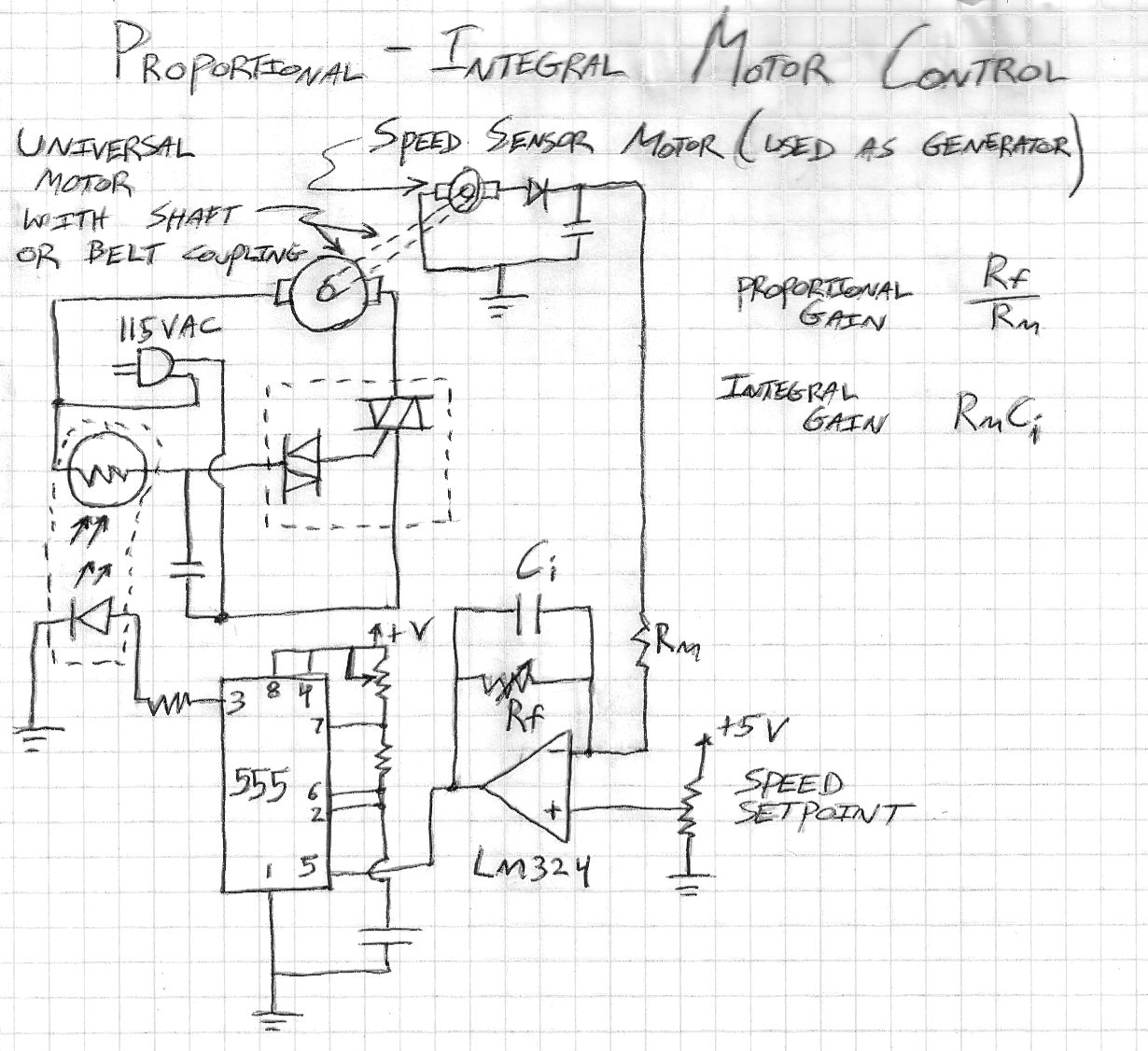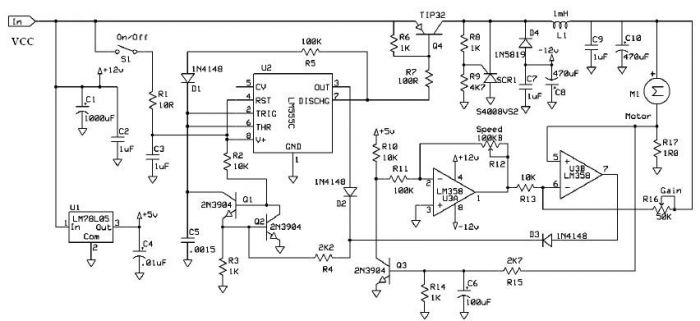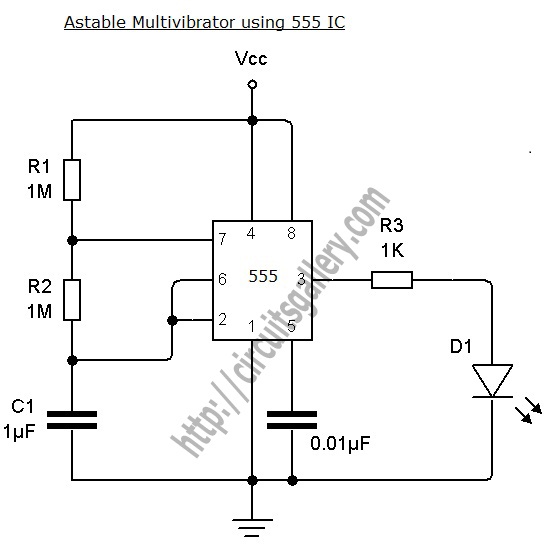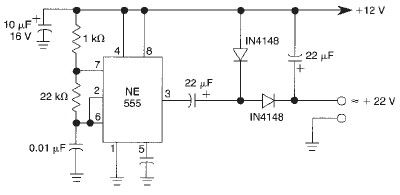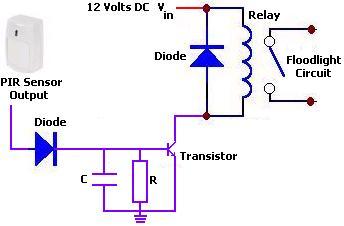
repeating timer no4
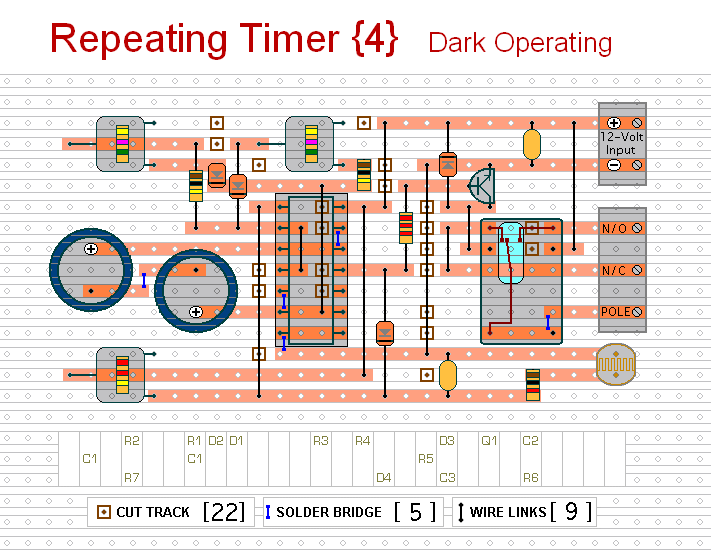
This circuit functions as the inverse of Repeating Timer No. 3. Its operation is constrained to the hours of darkness. The variable resistor (preset) allows for the selection of the darkness level at which the timer will activate.
The circuit is designed to operate exclusively during nighttime conditions, making it suitable for applications such as outdoor lighting control or security systems that require activation only in low-light environments. The core component of this circuit is a light-dependent resistor (LDR), which changes its resistance based on ambient light levels. When the light intensity falls below a predetermined threshold, determined by the variable resistor, the circuit triggers its output.
The variable resistor, or preset, is crucial for calibrating the circuit's sensitivity to light. By adjusting this component, users can set the specific light level that will activate the timer. This adjustability ensures flexibility in various environments, allowing the circuit to function optimally under different conditions.
The output of the circuit can be connected to various devices, such as relays or transistors, which can control higher power loads. This feature enhances the circuit's versatility in real-world applications. For instance, it can be used to turn on garden lights automatically at dusk or activate security lights when it gets dark.
In summary, this circuit provides an efficient solution for controlling devices based on ambient light levels, with the added advantage of user-configurable settings for precise operation in varying light conditions.This circuit is the opposite of Repeating Timer No.3 . Its operation can be limited to the hours of darkness. Again - the variable resistor (preset) lets you choose the level of darkness at which the timer will begin to function.. 🔗 External reference
The circuit is designed to operate exclusively during nighttime conditions, making it suitable for applications such as outdoor lighting control or security systems that require activation only in low-light environments. The core component of this circuit is a light-dependent resistor (LDR), which changes its resistance based on ambient light levels. When the light intensity falls below a predetermined threshold, determined by the variable resistor, the circuit triggers its output.
The variable resistor, or preset, is crucial for calibrating the circuit's sensitivity to light. By adjusting this component, users can set the specific light level that will activate the timer. This adjustability ensures flexibility in various environments, allowing the circuit to function optimally under different conditions.
The output of the circuit can be connected to various devices, such as relays or transistors, which can control higher power loads. This feature enhances the circuit's versatility in real-world applications. For instance, it can be used to turn on garden lights automatically at dusk or activate security lights when it gets dark.
In summary, this circuit provides an efficient solution for controlling devices based on ambient light levels, with the added advantage of user-configurable settings for precise operation in varying light conditions.This circuit is the opposite of Repeating Timer No.3 . Its operation can be limited to the hours of darkness. Again - the variable resistor (preset) lets you choose the level of darkness at which the timer will begin to function.. 🔗 External reference

